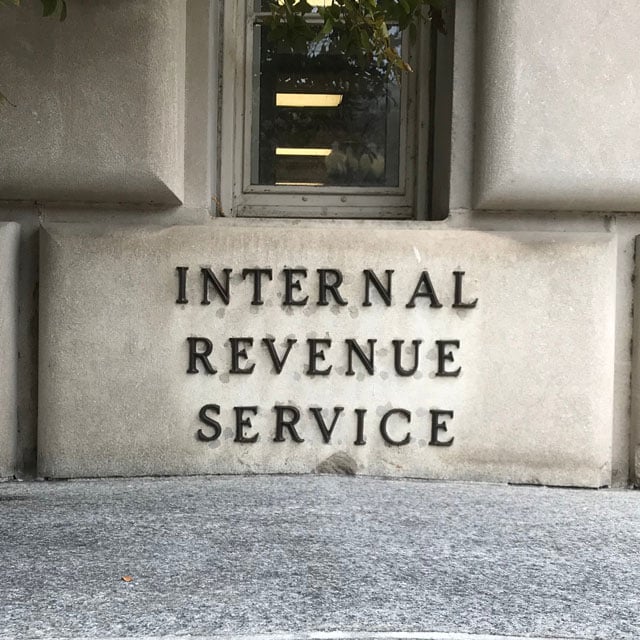IRS Slashes Life Insurer Yield Benchmark

Issuers of new bonds may be paying higher interest rates, but low rates on older bonds continue to hurt U.S. life insurers’ investment performance.
The Internal Revenue Service reported on the pain Friday in Revenue Procedure 2024-20, a batch of guidance that will help non-U.S. insurers with operations in the United States fill out their income tax forms.
One item that non-U.S. life insurers need to file their taxes is U.S. life insurers’ “domestic investment yield” for the previous year. That’s the U.S. life insurers’ total net investment income divided by their assets, according to a version of IRS Notice 89-96 posted by Tax Notes. In other words, the insurers’ investment returns per dollar of assets fell.
The benchmark rate fell to 2.3%, down from 3% a year ago, and down from 10% in 1989, when the IRS first began publishing the benchmark, which helps non-U.S. life insurers compute how much net investment income they have that could be subject to U.S. federal income taxes.
What it means: U.S. life insurers are like institutional versions of the most cautious retirement income planning clients.
Because of investment philosophies and regulatory constraints, they focus mainly on using high-grade corporate bonds and other fixed income assets, such as mortgages and mortgage-backed securities, to create a low-risk stream of earnings.
The drop in the IRS domestic investment yield shows how difficult it has been for clients who would prefer to stick with bonds and other fixed-rate assets to earn a good rate of return.






